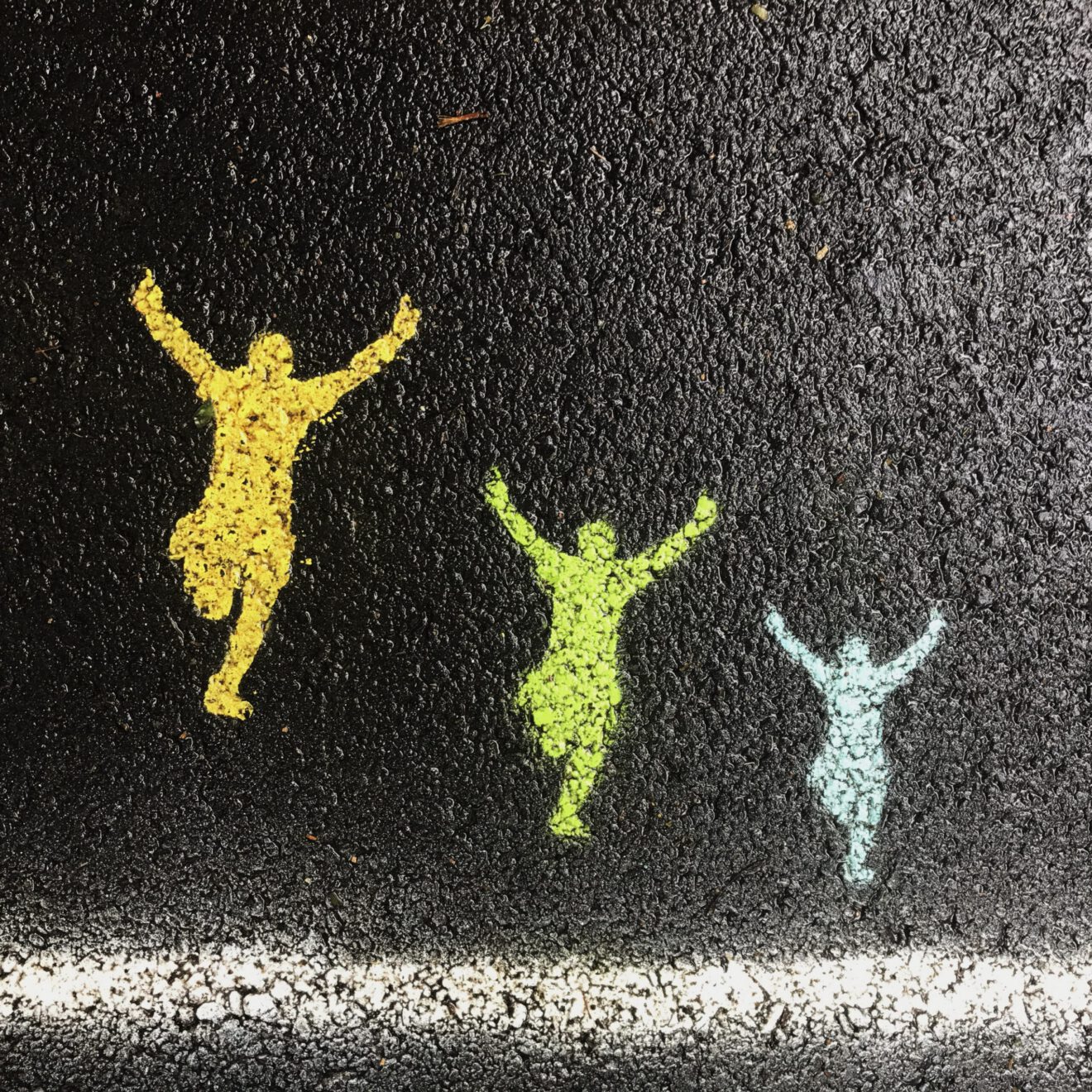Research shows that adverse experiences and mental health issues are on the rise among young people. A 2019 Pew Research report found that 70% of teens say anxiety and depression is a major issue they see among their peers. Bullying came in at 55%, drug addiction at 51%, drinking alcohol at 45% and poverty at 40%.
These data paint a frightening picture. And they raise the question: Why? What’s causing the issues?
“It’s tough for young people today,” says Ronn Nozoe, associate executive director for ASCD. “The climate is very divisive. Drama from the outside brings itself onto the school campus. For a child, it’s an overwhelming thing to grapple with.”
Nozoe cites pressure in school, a competitive social media environment, challenges at home and difficulty managing conflict as among the common stressors students face. And all of it affects learning, he says.
“Kids don’t have coping mechanisms for social or personal issues, so they bring it into the classroom,” Nozoe says. “They’re not in the mode for learning. It makes it difficult for teachers to engage and motivate kids and get them to the finish line.”
Enter Whole Child Education
Whole child education takes a holistic approach to learning, placing the student at the center of the experience. It is predicated on the idea that students thrive in an environment where their physical, social, emotional and mental needs are met and their learning experience is personalized.
“What was once considered touchy-feely is now grounded in science — the results are quantifiable,” says Nozoe. He explains that early theories in brain research stated people are wired at birth and brain development was based on that wiring. But more recent research shows that emotions and experiences can shape a person’s brain development. Nozoe sees this as an encouraging sign for students who have endured trauma.
“Just because a child is living through adverse circumstances that doesn’t mean life is over,” he says. “A school has a ton of impact — it can create an environment where children feel safe, happy and healthy.”
Momentum is increasing for the approach. More educators are seeking out information and ideas for implementing whole child and social-emotional practices at their sites, according to Nozoe.
“It’s on the top of mind for most educators. Trauma and [social-emotional learning] sessions are always packed at conferences,” he says. “They really dig into the personalization, relationship building and creating a more holistic environment.”
ASCD has long been a champion for the whole child. In fall 2019, the association launched its Whole Child Network, a global community of schools focused on promoting whole child education at its sites. The network is free to join, and schools that participate receive tools designed to support their whole-child efforts. They include the:
-
ASCD Whole Child School Improvement Tool, an online evaluation schools can use to assess where they are with the approach;
-
ASCD Whole Child School Improvement Tool report, which details findings from the assessment and highlights areas of success and opportunities for growth;
-
ASCD Whole Child Network Guide that outlines the report’s results and helps schools make plans for professional development;
-
ASCD Action Planner that shows how schools can align their training programs with a problem of practice; and,
-
ASCD Whole Child Network Continuum, comprising 150 benchmarks aligned to each ASCD Whole Child Tenet and Indicator and distributed across three levels from beginning through mastery.
“ASCD is about the whole child,” says Nozoe. “We believe that each and every child deserves to be healthy, safe, engaged, supported and challenged. It’s based on [Abraham] Maslow’s hierarchy of needs — the basic human needs that need to be met in order for human beings to reach self-actualization. It’s true for kids and it’s true for adults.”
Kanoe Namahoe is the editorial director of SmartBrief Education and Leadership.
__________________________
Like this article? Sign up for ASCD SmartBrief to get news like this in your inbox, or check out all of SmartBrief’s education newsletters, covering career and technical education, educational leadership, math education and more.
